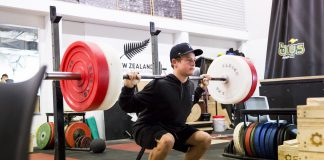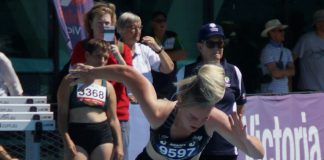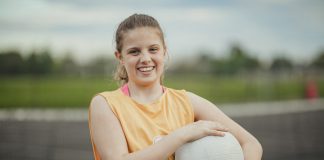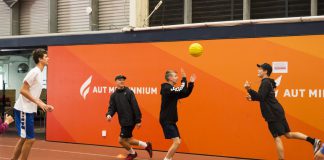Over-training in our top youth athletes is causing problems. We’re seeing higher injury rates, and more athletes failing to reach their potential than ever before. They’re just not coping physically with the increasing training and competition loads demanded of them by the sports and teams they’re competing in.
Things were different 20 years ago. Typically, youth athletes played for one team in each of the sports they participated in. If they were good enough, they may have been selected to represent their region, but this would have only involved one or two extra commitments a week and a tournament at the end of the season. In a season that lasted six months. Now, the demands of a top young athlete are numerous. In many cases, an athlete’s schedule can include training’s and games for school, club, their region, and a specialised ‘performance academy’, all at the same point in time, and in ‘seasons’ that stretch year round.
How much is too much? At what point does all this physical work lead to tiredness, overtraining and injury because their bodies simply can’t cope anymore? “Ah, that won’t happen, our kids love it”. More sport is better, you may think. Wrong. It does happen. I see it and deal with the consequences everyday. It’s clearly evident that something needs to change. Quick.
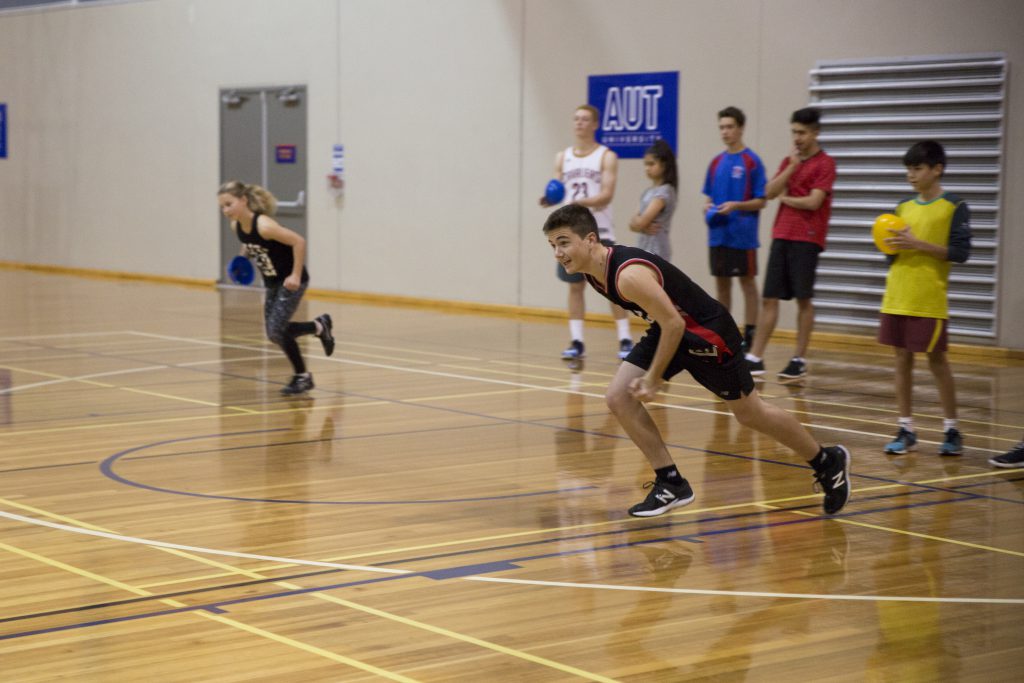 So, how do we fix it? We must start by accepting that the problem is ours to resolve. Not our athletes, or their parents. As coaches, teachers, and administrators we decide on the programme and set the expectations. How much our athletes do is in our control. Where is our athletes’ time best spent? What are their goals? We must stop working off our own agenda and put our athletes in the centre of all decision making. What is going to be best for their learning, improvement, and ultimately, their sporting success?
So, how do we fix it? We must start by accepting that the problem is ours to resolve. Not our athletes, or their parents. As coaches, teachers, and administrators we decide on the programme and set the expectations. How much our athletes do is in our control. Where is our athletes’ time best spent? What are their goals? We must stop working off our own agenda and put our athletes in the centre of all decision making. What is going to be best for their learning, improvement, and ultimately, their sporting success?
We must communicate with each other better. Alignment of goals and objectives across sports, teams and programmes is critical so that all ‘unnecessary’ physical work being done can be removed.
A young athlete should not be expected to complete high-intensity fitness sessions across the three hockey teams they’re playing for because each coach decides it’s an important part of their pre-season. Nor should they be expected to play three games of netball on the weekend after completing two sessions a day in the week previous. When was the last time you saw a high performance athlete do this? Never. It just doesn’t happen. When was the last time your athletes felt 100% physically going into a game or competition? Try asking them the question. Their answers may surprise you.
We must address this problem now, or expect to see even more athletes getting injured and dropping out of the sports that they love because it has all got too much. We’re the adults here. It’s our problem to fix.































